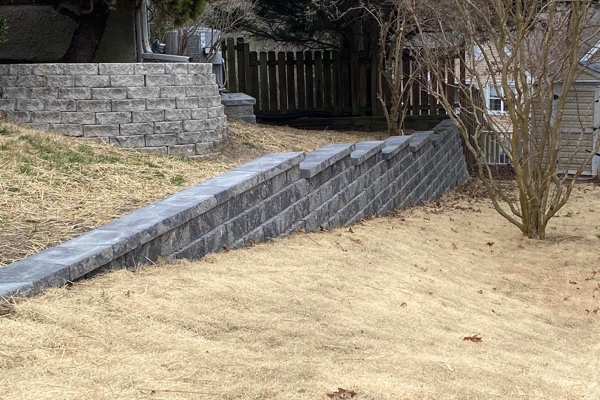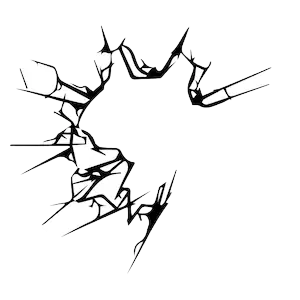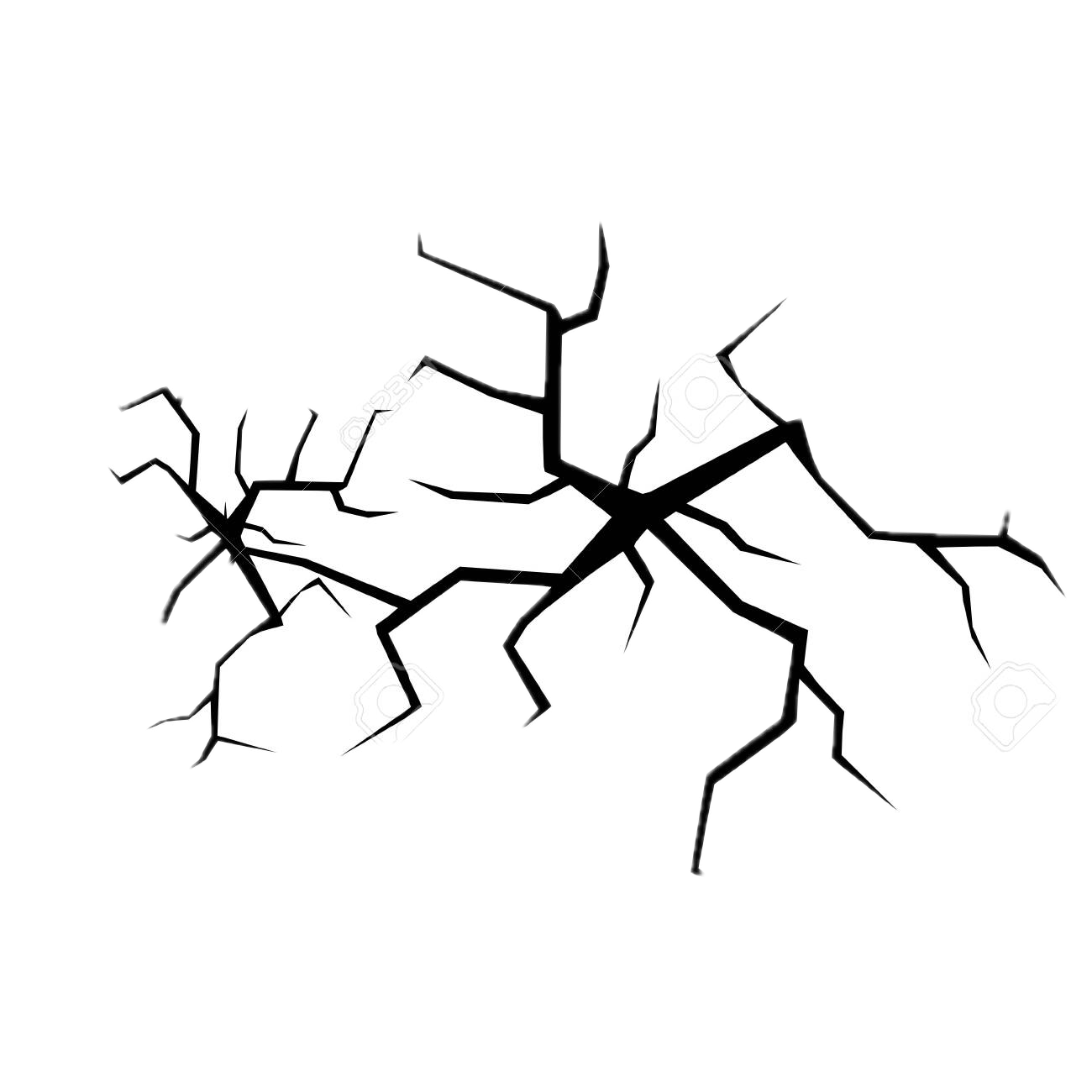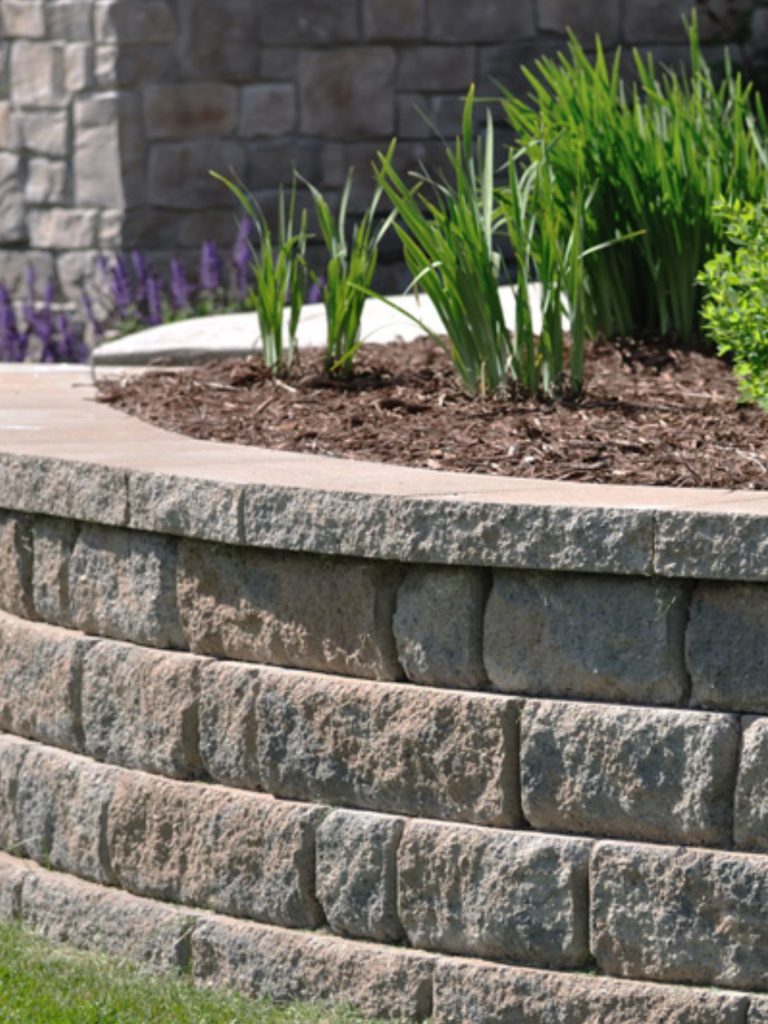Retaining Wall Repair: Ensuring Stability and Longevity

Retaining walls play a crucial role in preventing soil erosion and managing land slopes. Over time, these structures may exhibit signs of wear or damage, compromising their effectiveness and safety. Prompt and professional repairs are essential to maintain their structural integrity and functionality.
Common Issues with Retaining Walls
Understanding prevalent problems can aid in early detection and timely intervention.

Cracks and Fractures
Visible cracks can indicate underlying stress or material fatigue, potentially leading to structural failure if unaddressed.

Leaning or Tilting
A wall that leans or tilts suggests shifting soil or inadequate drainage, both of which can undermine the wall's stability.

Bulging or Bowing
Sections of the wall that bulge outward often result from pressure buildup behind the wall, possibly due to water accumulation or soil movement.

Water Seepage and Drainage Problems
Poor drainage can lead to water pooling behind the wall, increasing hydrostatic pressure and causing damage over time.

Soil Erosion Behind the Wall
Erosion can weaken the support system of the wall, leading to instability and potential collapse.
Potential Risks of Ignoring Retaining Wall Damage
Neglecting necessary repairs can lead to more severe consequences.

Structural Failure
Minor issues can escalate, resulting in partial or complete wall collapse, posing safety hazards.

Increased Repair Costs
Delaying repairs often results in more extensive damage, making future repairs more complex and expensive.

Property Damage
A failing wall can damage adjacent structures, landscapes, or pathways, leading to costly repairs.
Professional Solutions for Retaining Wall Repair
Addressing retaining wall issues requires tailored solutions based on the specific problem and its severity.

Crack Repair and Reinforcement
Utilizing appropriate materials to seal cracks and reinforce the wall to prevent further deterioration.

Straightening and Realignment
Implementing techniques to correct leaning or tilting walls, such as installing anchors or tiebacks.

Drainage System Installation
Enhancing drainage behind the wall to alleviate hydrostatic pressure and prevent water-related damage.

Soil Stabilization and Erosion Control
Employing methods to stabilize the soil behind the wall, including the use of geotextiles or proper backfilling techniques.
Preventative Measures to Maintain Retaining Wall Integrity
Proactive steps can extend the lifespan of your retaining wall and minimize future repair needs.

Regular Inspections
Conduct periodic assessments to identify and address minor issues before they escalate.

Proper Drainage Maintenance
Ensure that drainage systems remain clear and functional to prevent water buildup behind the wall.

Vegetation Management
Control plant growth near the wall to prevent root intrusion and additional pressure on the structure.

Load Management
Avoid placing heavy objects or structures near the wall that could exert excessive pressure.

Frequently Asked Questions About Retaining Wall Repair
Common causes include poor drainage, soil erosion, substandard construction, and environmental factors such as freeze-thaw cycles.
While many problems can be effectively repaired, severe damage or structural failure may necessitate complete replacement. A professional assessment is crucial to determine the appropriate course of action.
Signs such as visible cracks, leaning, bulging, or water seepage indicate that professional evaluation and repair may be needed.
Costs vary based on the extent of damage, wall size, and repair methods. Obtaining a detailed estimate from a qualified contractor is recommended.
The duration depends on the complexity and scope of the repair but typically ranges a week.
Materials such as reinforced concrete, stone, and treated timber are known for their durability and longevity in retaining wall construction.
Homes Secured
Successful Projects
Years of Experience
Specialized Services
Trusted Locally. Built Personally.
Proudly serving Colorado with foundation solutions tailored to your home.
© 2025 The Foundation Guys. All Rights Reserved.
- Privacy Policy
- Terms & Conditions
- Accessibility

Book Your Appointment Today!
Complete this form to have a The Foundation Guys representative reach out to you today.
By clicking submit, you agree to receive marketing and informational calls and texts, including autodialed or prerecorded calls/texts, to the telephone numbers that you provide, including any mobile number, from or on behalf of The Foundation Guys. Consent is not a condition of purchase. Message and frequency may vary. Message and data rates may apply. Text HELP for help and STOP to unsubscribe. For more information, please review our Privacy Policy and Terms and Conditions.
